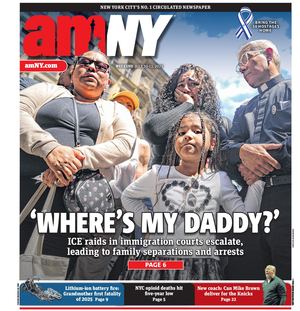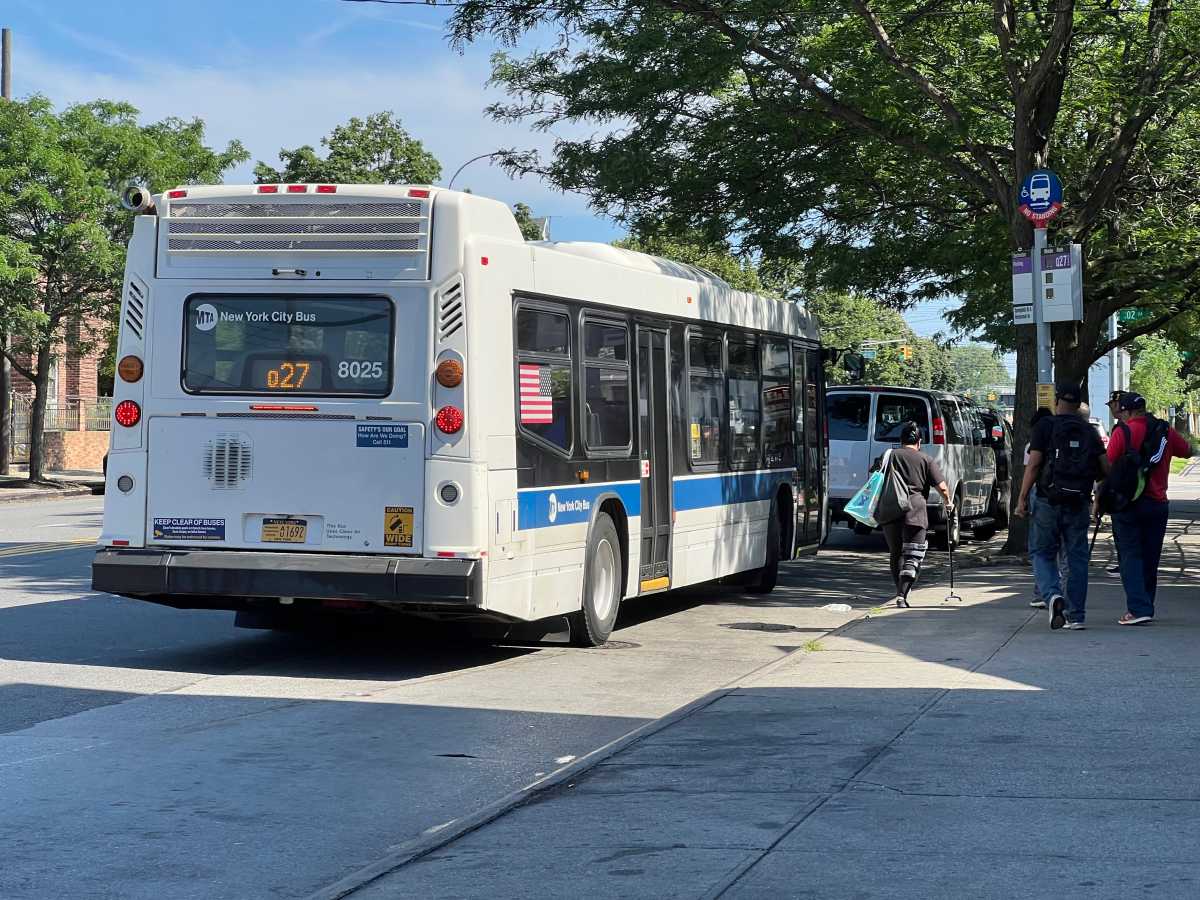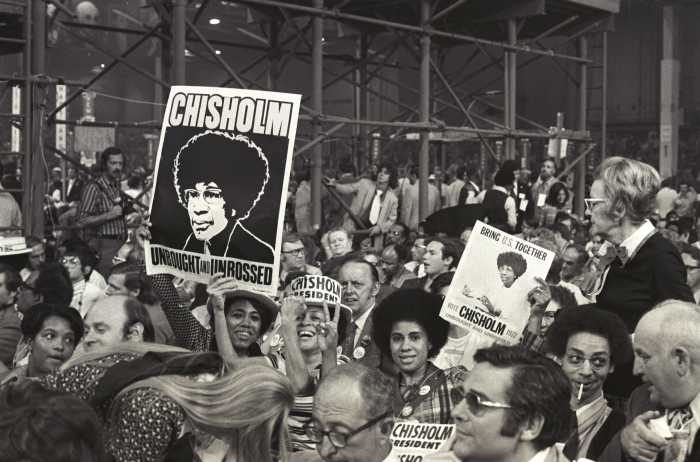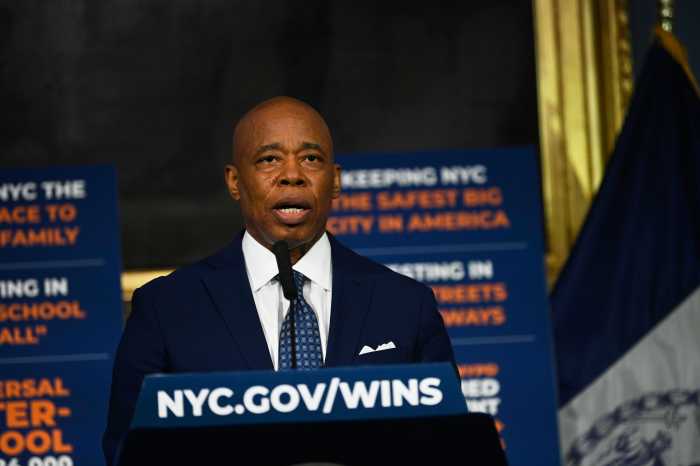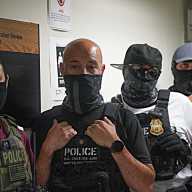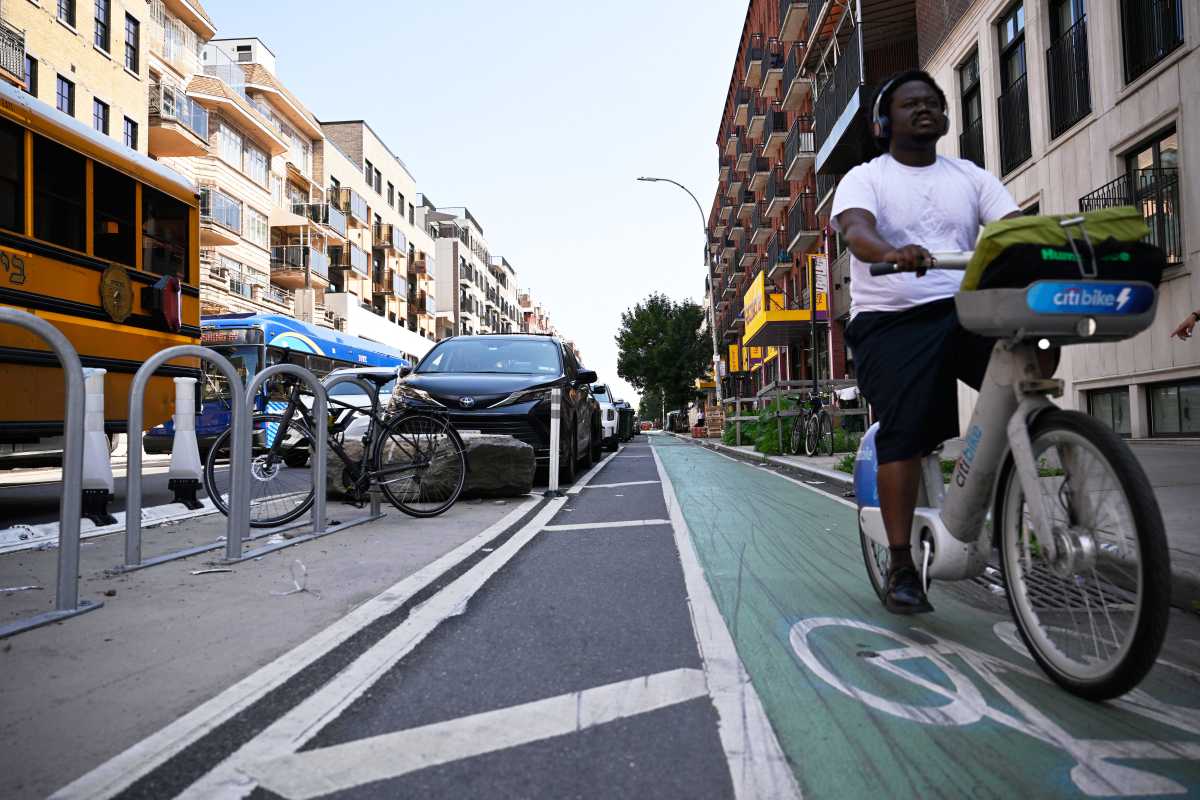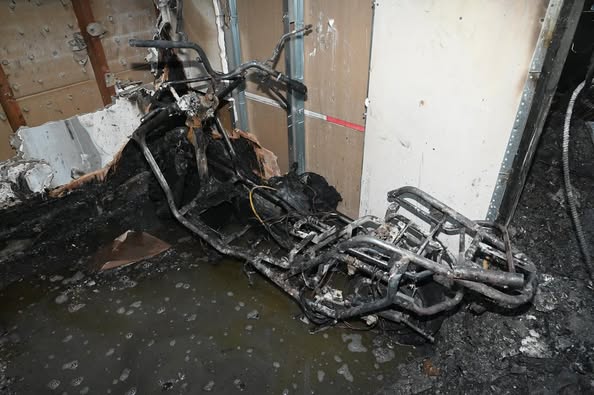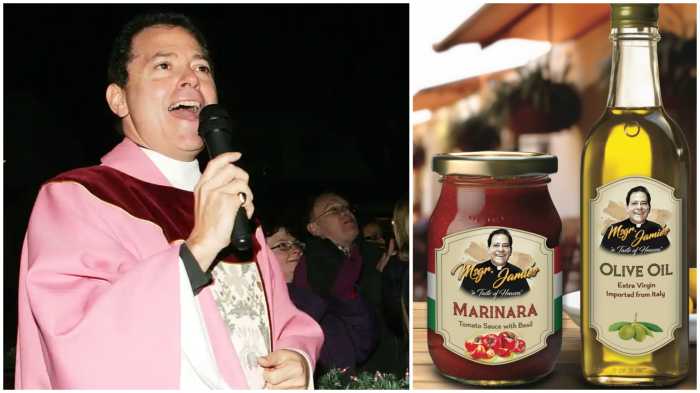There’s no question that the High Line is an imaginative, new sort of park, the likes of which New Yorkers — and most visitors to New York — had never really witnessed before it opened this summer. The grassroots process by which this former elevated railroad was saved from demolition and transformed into a beautiful nature stroll high above the Lower West Side’s streets is truly an urban-planning and parks success story.
Because of its unique qualities, the High Line has some basic rules to safeguard both the park and its users. To protect its delicate plantings and flowers, parkgoers aren’t allowed to walk off the park’s paths. Similarly, dogs are banned, since they would pose a threat to the flora and the High Line’s sparkling, white plank surface. It’s not permitted to throw balls, Frisbees or anything else around on the High Line — since they could fly over the side, causing an injury or accident below.
These sort of rules are basically reasonable, though some dog walkers would love to be able to take their pets up.
However, the use of the new park is now being put to the test in another area that is raising serious debate about free speech. Namely, Robert Lederman, president of A.R.T.I.S.T. (Artists’ Response to Illegal State Tactics), has been arrested twice on the High Line for expressing what he says are his First Amendment rights to display and sell his artwork. Last weekend, another artist was also arrested for vending his work.
Federal court rulings have ordered that New York City cannot require permits for artists to vend in its public parks. The High Line — though in many ways unique and though run by the Friends of the High Line, a conservancy — is still a public park.
True, it’s narrow. Running from Gansevoort St. to 20th St., it has an occupancy of 1,700 people, per the Buildings Department.
Over the summer, the High Line on some days attracted 25,000 people.
Clearly, crowding and safety are issues — indeed, safety is the most important issue. However, free speech and rule of law are the bedrock that our democracy is built upon. The courts have ruled that displaying and selling art in public is protected free speech, and that artists don’t need a permit to display or sell in the city’s public parks.
The Parks Department and the Friends of the High Line need to clarify quickly what they are doing on the High Line in terms of artists. We’re told new regulations may be forthcoming soon; until then, though, the arrests of Lederman and any other artists should stop. Simply put, these arrests appear to be illegal as far as we can discern. Also cause for concern, an artist in his 80s reportedly was told, under threat of arrest, that he couldn’t paint on the High Line.
Even Lederman has said artists shouldn’t set up their displays on the park’s narrower pathways, but should stick to the wider spots. And, he notes, there are existing park rules that state artists can’t block pathways, exits, entrances, benches and so forth.
No one is saying the High Line can’t have some specially tailored regulations regarding artists. But to ban artists entirely would be a legal landmine — one that Lederman, who never loses these sort of lawsuits, vows to challenge.
The law also allows booksellers to vend and musicians to busk up on the High Line. Whether they want to — perhaps they prefer more high-traffic areas — remains to be seen.
Parks has indicated it would like to involve Community Boards 2 and 4 in this discussion, and we wholeheartedly support that idea. Let’s open up this process and get the community involved. The issues are important and we have so many talented people in our community — surely, a solution can be found.
